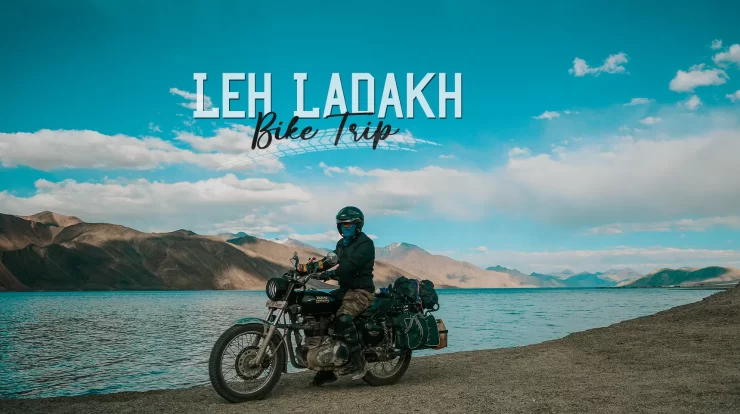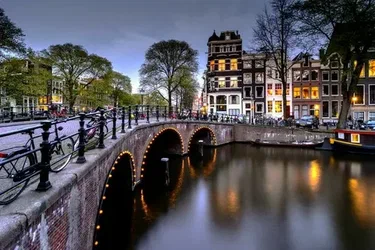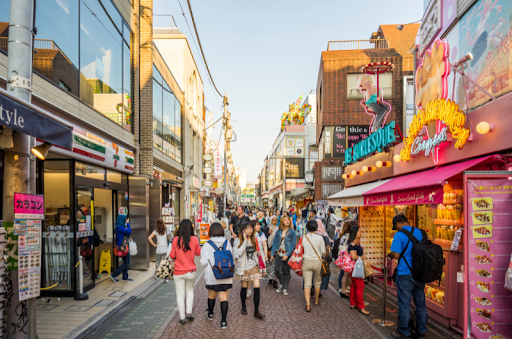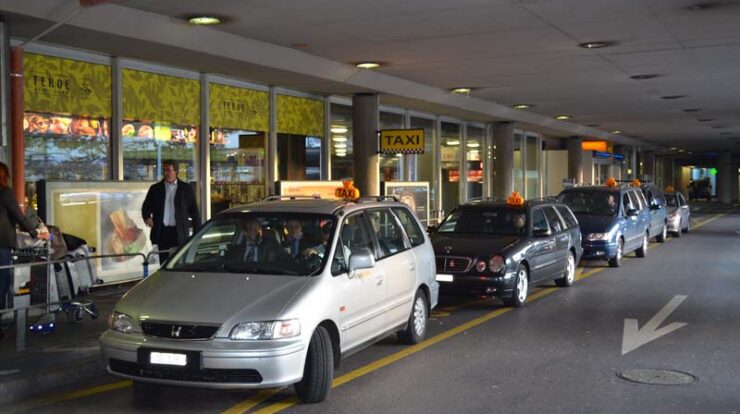
If you’re an adventure enthusiast, we’re sure that a Leh Ladakh bike trip is right up there on your bucket list. Not only is the region breathtakingly beautiful, but it’s also home to some of the most iconic roads that people have ever had the privilege of travelling on. However, such a trip requires careful planning to ensure that it goes off without a hitch and that you have the most enjoyable time possible. Keep the following list of tips and tricks in mind:
- Choose the right bike
Leh Ladakh is known for having some of the most iconic roads in the world, but they’re also some of the toughest – it’s important that you’ve picked the right bike to tackle these winding mountain passes with. We highly recommend a Royal Enfield or possibly an Enfield Bullet. Ensure that it’s in good condition when you pick it up, too. - Carry a first-aid kit
You never know when you’re going to need first-aid, so carry a kit with you and keep it somewhere accessible – the last thing you need is to have it buried in the bottom of your bag when someone is unwell or injured. Every kit should include band-aids and bandages, antiseptic cream, pain killers, and altitude sickness medication. - Pick your desired route
While there are many possible routes for your Leh Ladakh bike trip, the two most popular will take you through either Manali or Srinagar. The Manali route passes through Rohtang, Keylong, Jispa, and Gya, and is known for its dangerous terrain. The Srinagar route passes through Zozi La, Drass, Kargil, and Saspol, and is considered more comfortable. - Pick the right season
Certain times of year bring unpredictable weather, which can make the route extremely dangerous for any type of passage (let alone a motorbike). The best time to ride is from mid-May to mid-October, as this is when the roads open back up after the bad weather. Be wary of any tour group that is willing to take you outside of these months. - Carry food supplies
You should be wary of street vendors for food essentials when travelling, as you not only risk sickness – there can be time when there will be no vendors you can purchase from. We recommend carrying supplies (such as chocolate bars, chips, protein bars, and easy to make noodles or porridge) with you and ensuring they’re easily accessible. - Carry extra fuel
While your bike’s petrol tank should be filled to the brim before leaving, it’s important to remember that petrol stations can be few and far between in this region of India. As such, it’s a good idea to carry 10 to 20 litres of extra fuel, just in case. This will also avoid you having to pay a premium at a small petrol station in the middle of nowhere. - Stay hydrated at all times
We highly recommend carrying a decent size water bottle with you, which can be strapped to your backpack with ease. Look for something lightweight, leak-proof, and the ability to filter water is an added bonus. There are purification tablets that you can also use to remove harmful bacteria and other contaminants from water. - Wear protective gear
You should be wearing protective gear every single time you get onto a bike. This includes a helmet, weatherproof gloves, a proper riding jacket, knee and elbow guards, shoes, reflective clothing, and sunglasses. This will protect you in the case of an accident, as well as offer some protection against the harsh Indian sun. - Acclimatise to avoid AMS
Acute Mountain Sickness (AMS) can make you quite unwell and cut your bike trip short. Symptoms include headaches, fatigue, an upset stomach, and dizziness. Acclimatisation as you increase altitude is crucial for avoiding AMS – it’s recommended that you rest for at least two days after reaching Leh, drink plenty of water, and take it easy. - Carry spares for the bike
There are some parts that you should carry during your journey just in case your bike was to breakdown. These include a spare key, chain lock, tyre, bungee cords, clutch, accelerator cable, headlight bulb, tyre tube, and engine oil. If you’ve booked onto a tour, all of these will be taken care of and carried for you. - Carry cash
Keep in mind that your Leh Ladakh bike trip will see you mostly riding through barren, rugged wastelands – ATMs aren’t all that common, so you’ll need to ensure that you’re carrying plenty of cash. Small shops and restaurants may not be able to accept card or digital payments. When you find an ATM, be sure to top up your cash supply. - Consider phone connectivity
We understand that most people want to keep their family and friends abreast of their location and up to date on how the trip is going, for which your smartphone will be invaluable. Keep in mind, however, that only a few telco providers work in Ladakh. Know when your network is working and use that time to get in touch with people at home. - Avoid drinking alcohol
While we’re by no means saying that you shouldn’t have a good time, it’s important to remember that alcohol causes dehydration and this can put you more at risk of developing AMS. Plus, you’re likely to be physically exhausted by the end of the day and will need to get up early to resume your trip. Know your limits and don’t exceed them. - Keep some days spare
If possible, we highly recommend including a few spare days in your itinerary. These bike trips don’t always go as planned – roads might be closed due to weather conditions or an accident, you might need a little more time to acclimatise that you expected, or you might experience a breakdown. Spare days will prevent your trip from being derailed.
Think that a Leh Ladakh bike trip will offer just the sort of adventure you desire but don’t have a bike of your own or not sure how you’re going to get it to India? The good news is that there are plenty of rentals available in the area, all of which are well-maintained and able to offer a smooth ride. There are also plenty of tour companies operating in the area, who will take care of everything for you – all you have to do is show up and enjoy the ride.






